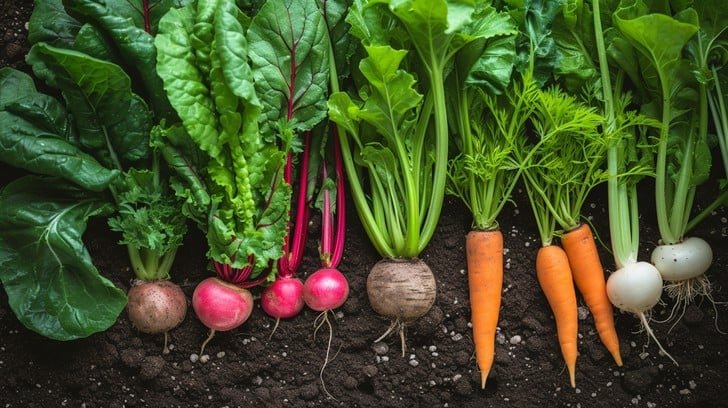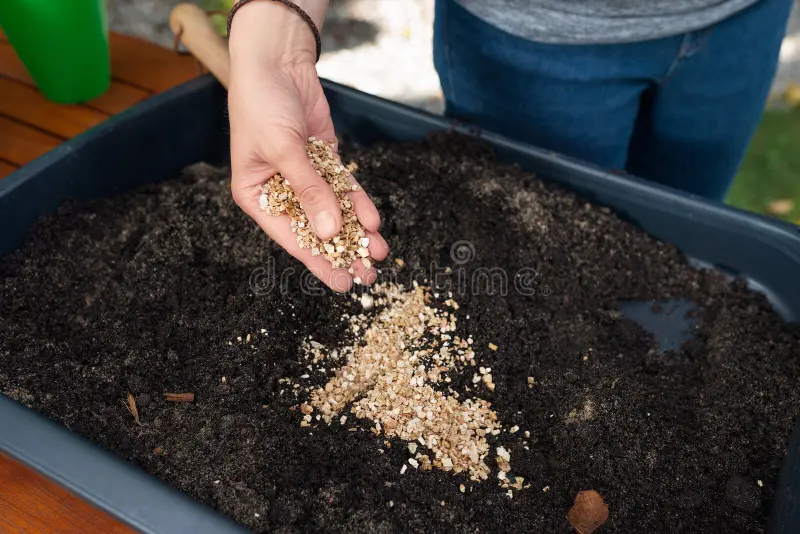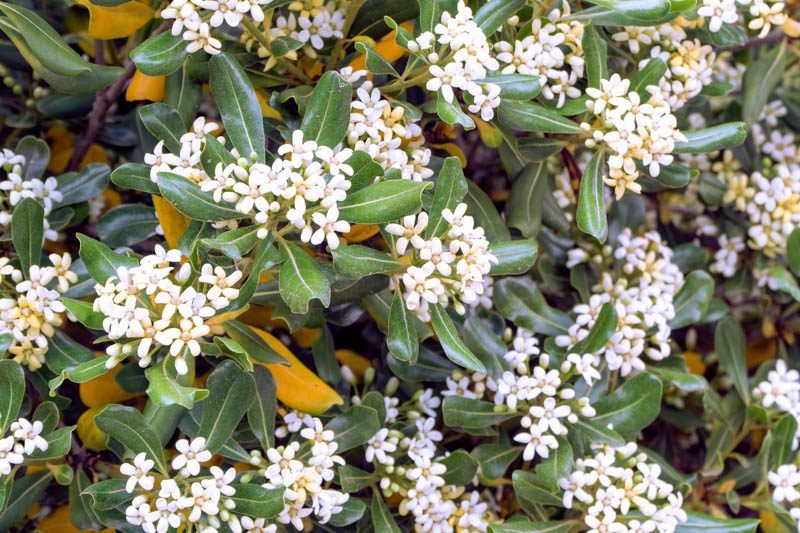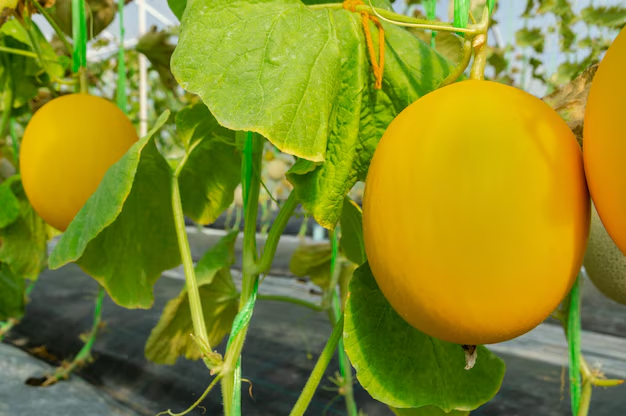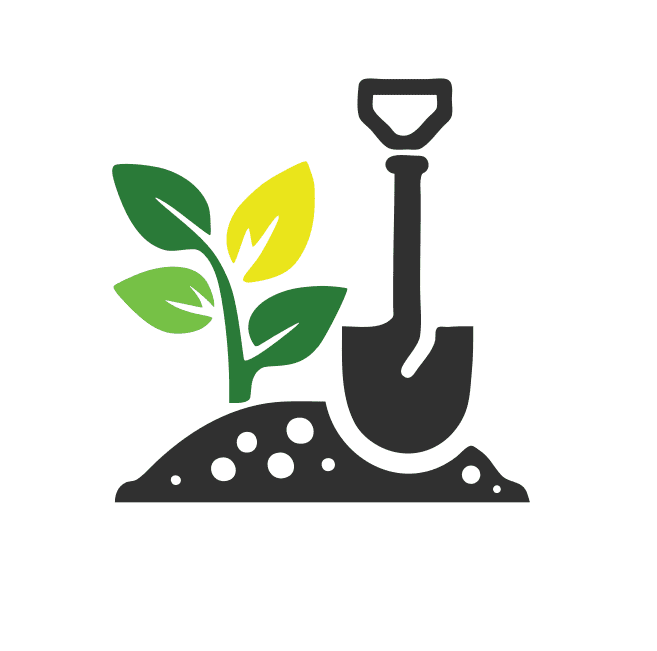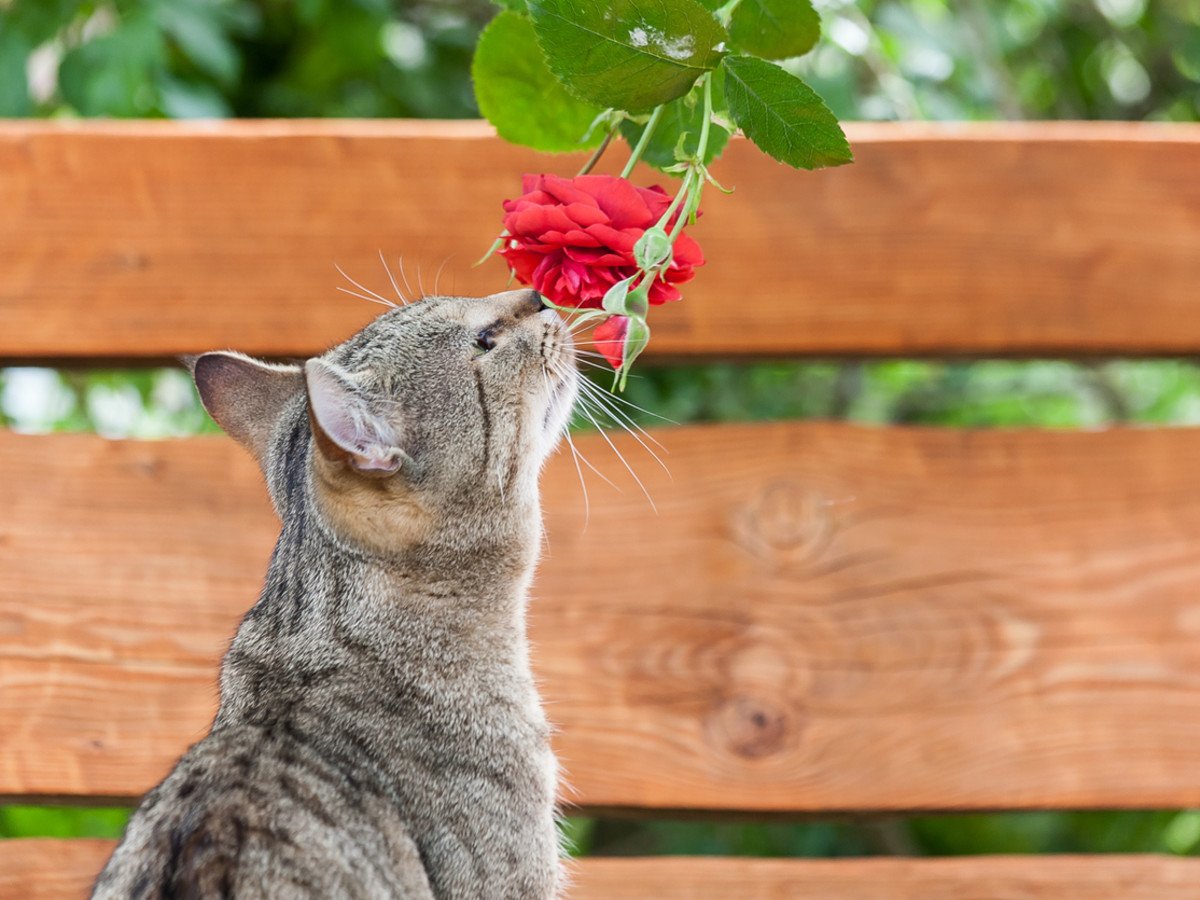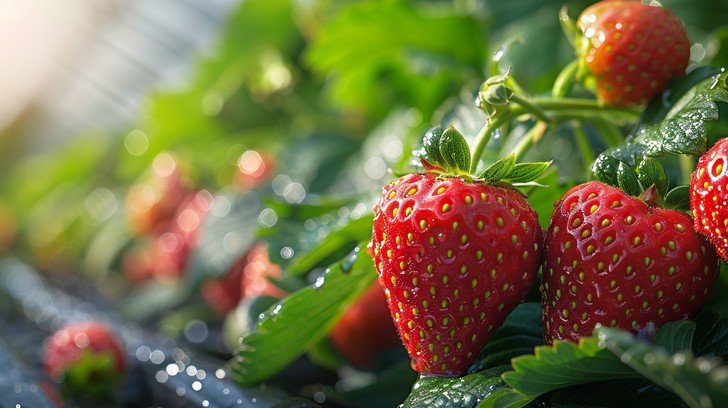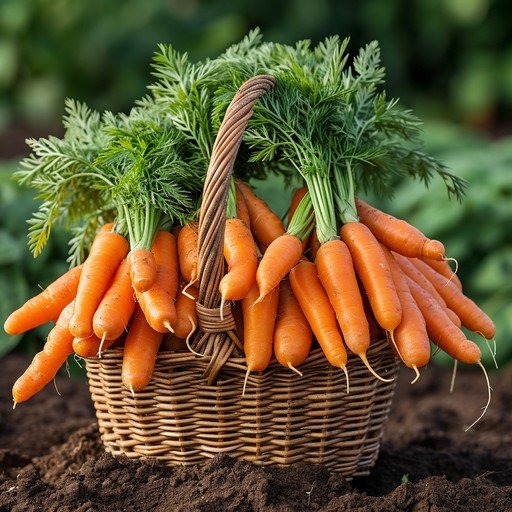There’s something magical about stepping outside your back door, reaching down, and picking a handful of crisp lettuce or ripe cherry tomatoes that you grew yourself. If you’ve been dreaming about this kind of freshness, it’s time to start a small vegetable garden in your backyard.
The good news? You don’t need acres of land or fancy equipment just a patch of sunshine, some good soil, and a willingness to get your hands a little dirty. Let’s walk through how to create a productive backyard garden, even if you’ve never grown a thing before.
1. Pick the Perfect Spot
The first step to start a small vegetable garden in your backyard is choosing the right location. Plants love sunshine and well-drained soil.
Look for Full Sun
Most vegetables — tomatoes, peppers, squash, beans — need at least 6 to 8 hours of sunlight daily. Watch your backyard throughout the day to see where the sun lingers longest.
If you’re short on sunny spots, grow shade-tolerant crops like spinach, kale, or lettuce.
Ensure Easy Access to Water
Your garden will need consistent watering, especially during dry spells. Choose a spot close to a hose or rain barrel so watering doesn’t become a chore.
Check the Drainage and Soil
Avoid low-lying areas where water collects after rain. Plants need moisture, but soggy soil suffocates roots. If you have heavy clay soil, consider raised beds or large containers for better control.
2. Plan Your Garden Layout
When you start a small vegetable garden in your backyard, a smart layout can make a big difference in productivity and maintenance.
Start Small
Beginners often make the mistake of planting too much too soon. A 4×8-foot bed or a few containers are plenty for your first season. You can always expand later once you’ve built confidence.
Think About Plant Spacing
Tall crops like tomatoes or trellised cucumbers should go at the north end so they don’t shade smaller plants. Give each crop enough space to spread — overcrowding leads to disease and poor yields.
Choose Between Raised Beds, Ground Beds, or Containers
-
Raised beds: Great for poor soil and easy access.
-
Ground beds: Best for large gardens if soil is healthy.
-
Containers: Perfect for patios or small yards; easy to move around.
You can mix all three for variety and flexibility.
3. Prepare Your Soil
Healthy soil is the foundation of every thriving vegetable garden.
Clear the Area
Remove weeds, grass, and debris. Loosen the soil using a shovel or garden fork so roots can spread easily.
Add Organic Matter
Mix in compost, aged manure, or leaf mold to enrich the soil with nutrients. These materials improve structure, retain moisture, and feed your plants naturally.
Test Your Soil pH
Most vegetables prefer a slightly acidic to neutral pH (around 6.0–7.0). You can buy an inexpensive soil test kit or send a sample to your local cooperative extension office.
If the soil is too acidic, add lime; if it’s too alkaline, work in peat moss or elemental sulfur.
4. Choose the Right Vegetables
Now comes the fun part — picking what to grow! When you start a small vegetable garden in your backyard, focus on plants that are easy, productive, and that you actually enjoy eating.
Easy Crops for Beginners:
-
Lettuce and spinach (quick harvest)
-
Tomatoes and peppers (summer favorites)
-
Radishes and carrots (low maintenance)
-
Green beans (very productive)
-
Herbs like basil, parsley, and chives
Match Crops to Your Climate
Check your USDA Hardiness Zone to know what grows best in your region. Southern gardeners can plant earlier and enjoy longer growing seasons, while northern gardeners may prefer cool-season crops like peas or kale.
Mix It Up
Planting a mix of vegetables, herbs, and flowers not only looks beautiful but also encourages pollinators and keeps pests in check.
5. Plant at the Right Time
Timing is everything in gardening.
Know Your Frost Dates
Find your region’s average last spring frost date. Start planting tender crops like tomatoes and cucumbers after danger of frost has passed.
Cool-weather vegetables such as peas, lettuce, and carrots can go in earlier.
Direct Sow vs. Transplants
Some vegetables (like beans and carrots) grow best when directly sown into the soil. Others (like tomatoes and peppers) do better when you transplant seedlings started indoors or bought from a nursery.
6. Watering and Mulching
Your plants will thank you for consistent care.
Water Deeply, Not Frequently
Instead of daily sprinkles, water deeply two or three times a week to encourage deep root growth. Early morning is best — it gives leaves time to dry and prevents mildew.
Add Mulch
Mulching is a game-changer when you start a small vegetable garden in your backyard. A 2–3 inch layer of straw, grass clippings, or shredded leaves helps:
-
Keep soil moist
-
Suppress weeds
-
Regulate soil temperature
-
Add nutrients as it breaks down
7. Fertilizing and Pest Control
Healthy soil and proper care go a long way, but your vegetables may still need a little boost.
Natural Fertilizers
Use organic options like compost tea, worm castings, or fish emulsion. These provide balanced nutrients without harming beneficial insects.
Watch for Pests
Aphids, caterpillars, and slugs are common garden visitors. You can:
-
Spray plants with a mild soap solution
-
Use neem oil
-
Encourage natural predators like ladybugs and birds
Avoid harsh chemicals they harm pollinators and soil life.
8. Harvesting Your Vegetables
This is the most rewarding part!
-
Pick regularly: It encourages more production, especially in beans and zucchini.
-
Harvest early: Young veggies are more tender and flavorful.
-
Use clean tools: Avoid damaging plants when cutting produce.
Once you’ve enjoyed your first harvest, note what worked well and what you’d change next season. Gardening is all about learning and improving.
9. Keep It Going All Season
To start a small vegetable garden in your backyard successfully year after year, keep these habits:
-
Rotate crops to prevent soil-borne diseases.
-
Add compost at the end of each season.
-
Cover soil in winter with mulch or a cover crop to prevent erosion.
-
Save seeds from your best plants to grow next year.
The more you care for your garden’s soil, the better each future harvest will be.
10. Enjoy the Process
Gardening is more than just growing food it’s therapy, exercise, and a connection to nature all in one. Don’t stress if everything isn’t perfect the first year. Even experienced gardeners have plants that flop sometimes.
The joy comes from experimenting, learning, and watching your backyard transform into a living pantry.
Final Thoughts
When you start a small vegetable garden in your backyard, you’re doing more than just planting seeds you’re growing a sustainable, healthy lifestyle.
With sunshine, good soil, and consistent care, you can turn even a small patch of land into a productive, beautiful garden that feeds both your body and your soul.
So grab your gloves, pick your seeds, and get ready your backyard harvest is waiting!
